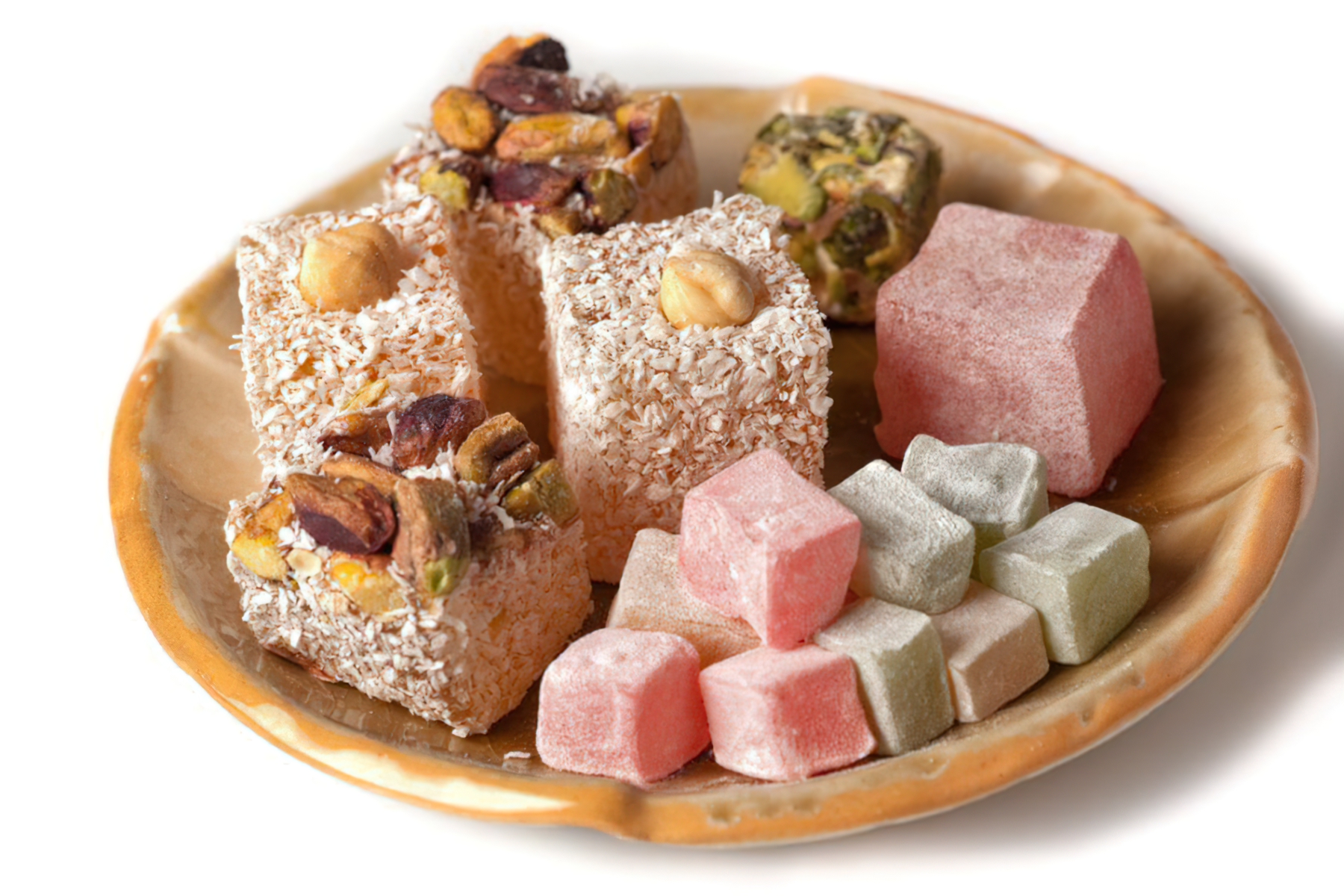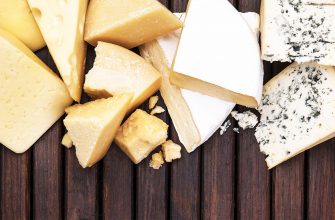Turkish Delights, or “Lokum,” as they are locally known, carry with them centuries of Turkish history. A sensory feast, these morsels of sweetness are as rich in flavor as they are in cultural significance. Let’s embark on a delicious journey, exploring their origins, variations, and even a traditional recipe to make them at home.
History and Origins
Originating in the Ottoman Empire, Turkish Delights date back to the 15th century. The sultan sought a refined sweet treat for his palace. The result was Lokum, a delicacy quickly embraced by all levels of society. Today, they are an integral part of Turkish culture and cuisine.
Diverse Flavors of Turkish Delights
Turkish Delights boast a range of flavors and textures. Classic Lokum often includes rosewater, lemon, or orange, with a dusting of icing sugar. However, the variety extends far beyond these staples.
In gourmet Lokum, you can find flavors like pomegranate, vanilla, and even cinnamon. Some versions incorporate nuts like pistachios, hazelnuts, and walnuts, while others offer a delightfully surprising burst of flavor with fillings like fig and apricot.
Homemade Turkish Delights Recipe
Making Turkish Delights at home may seem daunting, but with a little patience, you can create your own sweet morsels. Here’s a basic recipe to get you started:
Ingredients
- 4 cups granulated sugar
- 1 cup cornstarch
- 1 teaspoon cream of tartar
- 4 cups water
- 1 tablespoon lemon juice
- 1.5 tablespoons rosewater
- 2 cups confectioners’ sugar for dusting
Procedure
- In a saucepan, combine sugar, 1.5 cups of water, and lemon juice. Stir over low heat until sugar dissolves. Bring to a boil and let simmer.
- In another saucepan, mix cornstarch, cream of tartar, and 2.5 cups of water. Stir until all ingredients dissolve. Place over medium heat and stir continuously until the mixture starts to boil and has a glue-like consistency.
- Gradually pour the sugar mixture into the cornstarch mixture. Stir constantly and continue simmering until the mix turns golden, around one hour.
- Remove from heat, add rosewater, and let cool in a greased, shallow dish. Once set, cut into pieces and dust with confectioners’ sugar.
Exploring the Iconic Rose-Flavored Turkish Delights
![]()
The most iconic variety of Lokum is undoubtedly the rose-flavored one. This version brings together a subtle floral taste with a velvety texture, making it a favorite among Lokum connoisseurs.
Ingredients
- Same as the previous recipe
- 2 tablespoons rose flavoring instead of rosewater
Procedure
The process remains the same as in the basic recipe, replacing the rosewater with rose flavoring to give the Lokum its distinct taste.
After allowing the Lokum to cool and solidify, cut it into small cubes, dust it with icing sugar, and there you have it – your very own rose-flavored Turkish Delights.
Mint and Lemon: A Refreshing Take on Turkish Delights
For a fresher, zestier option, consider making mint and lemon Turkish Delights. These treats perfectly balance sweetness and tanginess, providing a palate-cleansing sensation.
Ingredients
- Same as the basic recipe
- 1 tablespoon lemon flavoring
- 1 tablespoon mint extract
Procedure
Follow the standard recipe, adding the lemon flavoring and mint extract when you would usually add the rosewater.
Indulge in the Luxury of Pistachio Turkish Delights
Adding pistachios to Turkish Delights not only introduces a delightful crunch but also complements the sweet base with a hint of nutty flavor.
Ingredients
- Same as the basic recipe
- 1 cup finely chopped pistachios
Procedure
- Follow the basic Lokum recipe. After simmering the combined sugar and cornstarch mixture, stir in the pistachios before adding rosewater.
- Pour the mixture into a greased dish, allowing it to cool and solidify. Cut it into squares and dust with icing sugar.
Conclusion: An Adventure in Every Bite
The world of Turkish Delights is full of tantalizing possibilities. From the classic rose Lokum to the nutty pistachio variation, there’s an adventure in every bite. By trying out these recipes, you not only get to enjoy a mouthwatering sweet treat, but also get to partake in a piece of Turkish history and tradition. So, put on that apron and let the culinary adventure begin!
